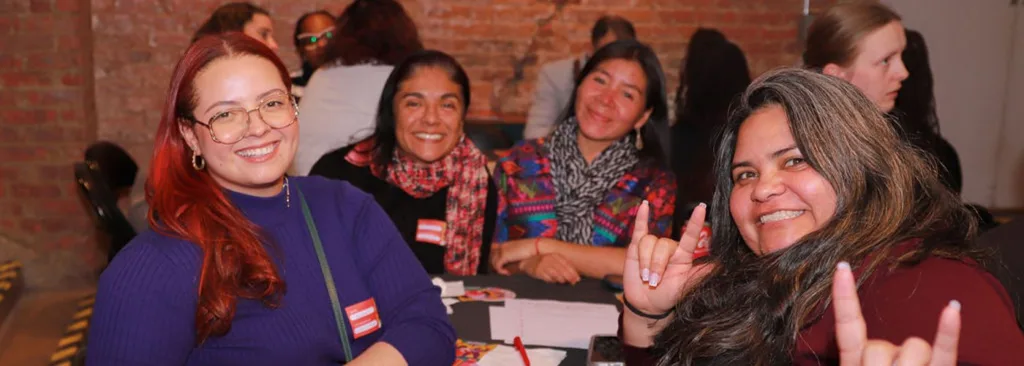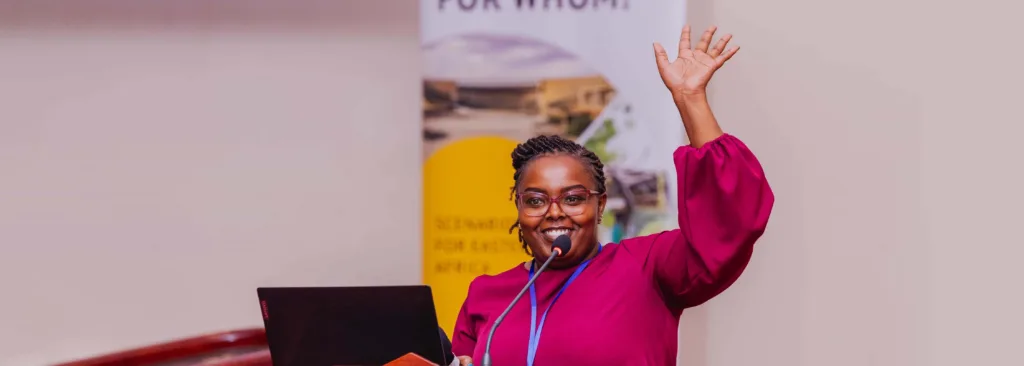What is workplace diversity?
This is the question we sought to answer on 5 July 2017 when we congregated in Nairobi with various stakeholders across sectors during the launch of the colorful workplaces programme. I must say I was quite nervous when we were putting this event together. I wondered how it would be received by different people especially those in the private sector. Importantly I wondered whether people would consider this a priority in their workplaces and whether it is something they have time and resources for this.
According to Ruth Masha of UNAIDS, in the 21st Century workplace, we spend 240 days at the workplace every year. This translates into 1,920 hours a year for those who work for eight hours a day. Therefore one can rightly say that more time is spent at the workplace than any other place during our working years. For managers and employers, this is a big deal. It places a huge responsibility on their shoulders to ensure that workplaces are conducive for their employees to be productive and happy. However, the discussion around making workplaces conducive does not always address issues around diversity and inclusion. When it does, this is confined to what I would call a safe zone where only ‘universally’ accepted issues are discussed. But what happens to issues that we consider uncomfortable (either because they are culturally, socially frowned upon or legally unaccepted)? If I can use clearer examples, the diversity and inclusion debate has mostly focused on gender, disability and health especially HIV and AIDS. When we talk about Sexual Orientation and Gender Identity and Expression (SOGIE), we are often faced with resistance and in extreme instances condemnation.
In a world where employment opportunities are dwindling, I guess it is fair to say that many people at the workplace would rather confine themselves to their contractual obligations whose deliverables don’t require of them to be sensitive to diversity and inclusion of minorities than engage in conversations that they feel may get them in trouble or even result in them losing their jobs. This is a common scenario in many work places in Kenya especially in sectors where SOGIE issues are not openly discussed.This makes it very difficult for sexual and gender minorities to express themselves or even live their lives freely.This situation has contributed a lot towards lack of attention to diversity and inclusion of this group of people. This is despite the fact that some of the organizations that employ them have policies that reflect international human rights standards and principles and are even implemented in contexts that allow their implementation. In companies and organizations that have a wide reach say national or international and employ a sizable number of employees, you find policy documents that articulate issues of inclusion and diversity very well. However, implementation of those policies remains a challenge.
What does this mean?
We explored this at the meeting and found that despite the restrictive social cultural and legal environment in Kenya, there are some positive and encouraging thoughts on the issue. We agreed that when people feel included, and valued, there is better performance and creativity at the workplace. It was also clear that as much as we would like to, we cannot legislate on how people feel no matter how bad we think it is. Therefore it is important to look at matters to do with Sexual Orientation and Gender Identity as a matter that affects real people. Valentine Njoroge, one of the panelists in the meeting actually remarked,” The problem with this issue (SOGIE) is that it does not have a face in Kenya.’’ This means that in most cases it does not speak to the hearts of the majority of people and therefore a non-issue to many.This feeling and outlook needs to change especially because in most cases, when we look at the real issues affecting sexual minorities we find that they are grave. We are talking about violence and physical abuse, lack of access to services, lack of and denial/ loss of employment opportunities and many other violations. We need to look at marginalization and inclusion differently and recognize that being a minority is a reality that can affect anyone at anytime.
How do we get people to be tolerant on an issue they find so difficult?
As a starting point, we need to do a personal value clarification process. This process allows us to look at different dimensions of marginalization and exclusion and appreciate the real meaning of discrimination and exclusion. Once we take a step back and look at what it means to be marginalized, it becomes easier to appreciate other people’s struggles and therefore become more accommodative and inclusive. Then get allies to work with and support them to appreciate the issues. This is what the colorful workplaces programme is all about. Colouful workplaces is a product of co-creation between Hivos, Workplace Pride and Sullivan Marketing with an aim of working together with the private sector to develop and implement policies that support inclusivity and Diversity.The programme which launched in June 2017 in Kenya targets Multi-National Companies, private sector and employment bodies.The programme contributes to efforts towards creating equal employment for all and is inspired by basic humanistic values of respect for diversity, human rights and human diginity.As discussed in the meeting on 5 July 2017 this programme is about giving space for people to discuss issues that are very important that are often ignored or frowned upon. As Levis Maina remarked, ‘’It is simply about doing the right thing. Will you join the discussion on making workplaces more inclusive?’’




